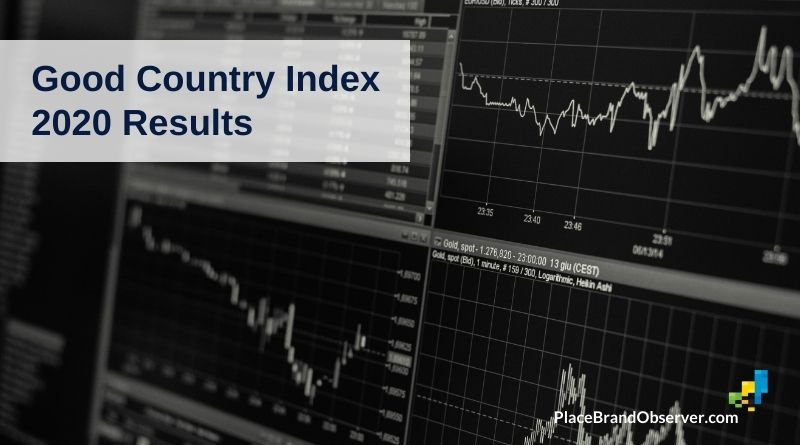The latest edition of the Good Country Index is out – and Simon Anholt in this short Q&A tells us which countries have improved their “goodness” and which haven’t. He also shares which findings of the 2020 ranking he found the most intriguing.
Simon, which findings of the 2020 Good Country study did you find the most intriguing?
First of all, the fact that Sweden has managed to come first twice is important: this is quite a volatile index which can be affected by relatively small changes in the way a country behaves (unlike the Anholt-Ipsos Nation Brands Index, which shows that public perceptions of countries are incredibly stable from year to year), so if a country manages to come top twice this really confirms that this is no anomaly: it really does consistently contribute more to the world outside its own borders, relative to the size of its economy, than other countries.
The other intriguing result was Uruguay ranking 25th – this emphasizes the absolutely critical point that being a “good” country is definitely not a luxury that only rich countries can afford. It’s perfectly possible for even the least developed countries to succeed in harmonising their domestic and international responsibilities.
Which countries have seen the strongest increase in “good country” performance?
The biggest success stories this year are all in the Middle East and Africa. Qatar rose by 36 places, from 95th to 59th overall; Rwanda and Benin by 33 places; Botswana by 31 places, Congo by 26 places and Bahrain by 25 places.
Which countries have seen the strongest decline?
The biggest fall in the overall ranking was Bolivia: it dropped 31 places from 101st to 132nd. Romania dropped by 28 places and Saudi Arabia and Togo by 27 places. Nicaragua, Sri Lanka, Kuwait and Viet Nam all fell nearly as far.
Looking back over the last years, which trends do you observe, with regard to “good country” performance across your criteria?
Honestly, I’m often so tempted to publish the Good Country Index with the first 40 places blank, so that the ‘goodest’ country each year comes in at 41. Because even though countries like Sweden, Finland and Canada do so much more to balance their domestic and international responsibilities than other countries, it’s still nowhere near what we actually need to assure a stable and peaceful future.
And the correlation between the Nation Brands Index and the Good Country Index is still very high – in the region of 80% – proving yet again that doing good and doing well really are the same thing.
Explore the latest ranking on good country performance on goodcountry.org
More about booking Simon Anholt as speaker HERE. Curious about his work and how the Good Country Index came all about? Find out in our interview with Simon. We also recommend you his latest book, The Good Country Equation.
Which other rankings and indices measure the performance and reputation of places? Here our overview.
You are a place brand manager and would like to know more about perceptions of your country or city (brand)? Please contact us.


